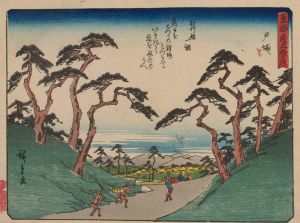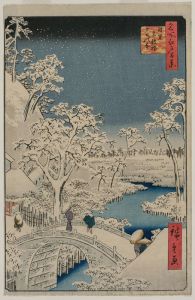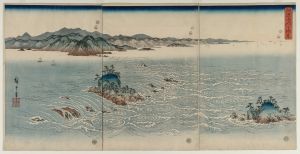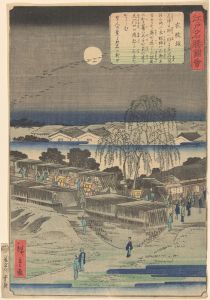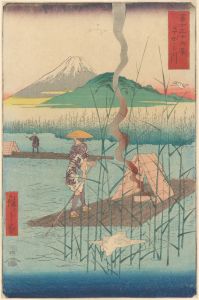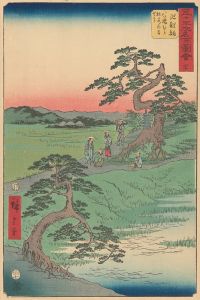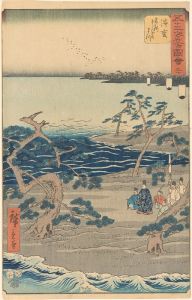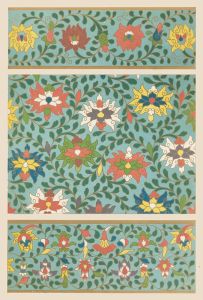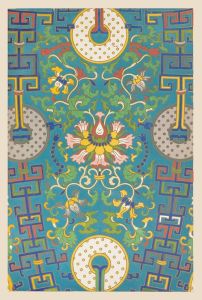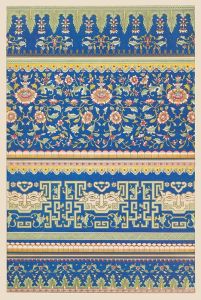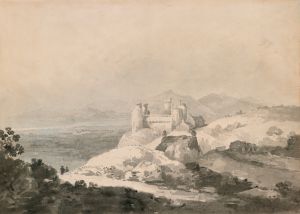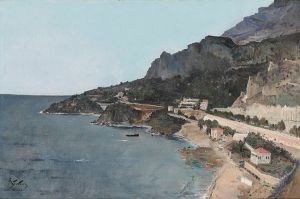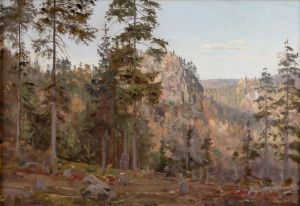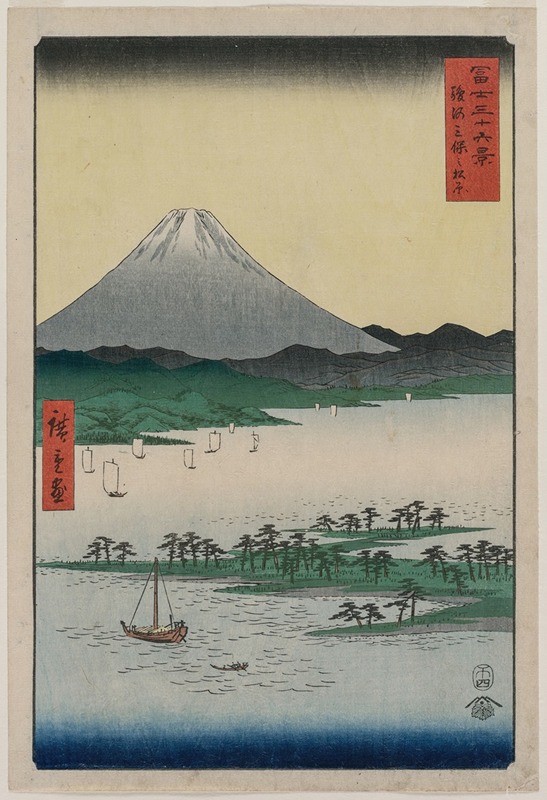
Pine Groves of Miho in Suruga, from the series Thirty-six Views of Mount Fuji
A hand-painted replica of Andō Hiroshige’s masterpiece Pine Groves of Miho in Suruga, from the series Thirty-six Views of Mount Fuji, meticulously crafted by professional artists to capture the true essence of the original. Each piece is created with museum-quality canvas and rare mineral pigments, carefully painted by experienced artists with delicate brushstrokes and rich, layered colors to perfectly recreate the texture of the original artwork. Unlike machine-printed reproductions, this hand-painted version brings the painting to life, infused with the artist’s emotions and skill in every stroke. Whether for personal collection or home decoration, it instantly elevates the artistic atmosphere of any space.
"Pine Groves of Miho in Suruga, from the series Thirty-six Views of Mount Fuji" is a woodblock print created by the renowned Japanese ukiyo-e artist Andō Hiroshige (1797–1858). This artwork is part of Hiroshige's celebrated series "Thirty-six Views of Mount Fuji" (Japanese: 富士三十六景, Fuji Sanjū-Rokkei), which was inspired by the iconic mountain and its surrounding landscapes. The series was published in the 1850s during the late Edo period, a time when ukiyo-e prints flourished as a popular art form in Japan.
The print depicts the Miho no Matsubara, a scenic coastal area in Suruga Province (modern-day Shizuoka Prefecture), which is famous for its picturesque pine groves and its views of Mount Fuji. Miho no Matsubara has been celebrated in Japanese art and literature for centuries and is considered one of the most beautiful natural landscapes in Japan. It is also associated with the legend of the celestial maiden (Hagoromo), a story deeply rooted in Japanese folklore.
In this composition, Hiroshige skillfully combines the natural beauty of the pine trees with the majestic presence of Mount Fuji in the background. The print exemplifies Hiroshige's mastery of perspective and his ability to evoke a sense of tranquility and harmony with nature. The use of bold lines, subtle gradations of color, and careful attention to detail are characteristic of Hiroshige's style and contribute to the print's enduring appeal.
Hiroshige's "Thirty-six Views of Mount Fuji" series was likely influenced by Katsushika Hokusai's earlier series of the same name, which also focused on Mount Fuji as a central theme. However, Hiroshige's approach is distinct, emphasizing softer, more lyrical interpretations of the landscapes and often incorporating human activity to create a sense of daily life in Edo-period Japan.
Today, "Pine Groves of Miho in Suruga" is recognized as an important example of Hiroshige's work and a testament to the cultural and artistic significance of Mount Fuji in Japanese history. The Miho no Matsubara area itself has been designated as a UNESCO World Heritage Site as part of the "Fujisan, Sacred Place and Source of Artistic Inspiration" listing, further underscoring its historical and cultural importance.






